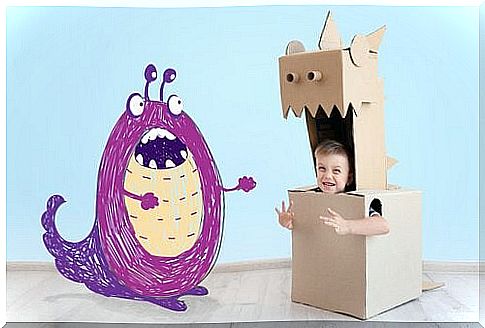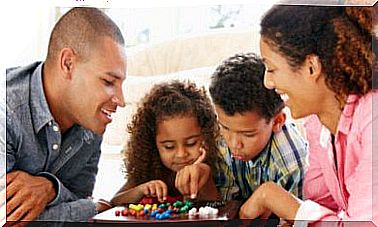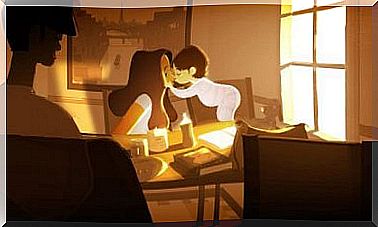The Anger Box: A Useful Tool For Controlling Negative Emotions

Using an anger box will encourage good self-control.
When the little ones lose their control, tantrums happen. Kicking, crying and screaming come together. How the situation develops depends on how you react to it.
An erupting volcano
At this young age, the little ones have yet to learn to keep their emotions under control.
The anterior cerebral cortex, which is responsible for regulating emotions, is still immature. As a result, it is normal for children to have emotions that resemble an erupting volcano.
Parents need to prepare to properly deal with these tantrums. Soon your child will be able to come to their own conclusions.
If the child thinks tantrums are a powerful way to get what they want, then they are not going to do anything to change their behavior.
The best option is to act immediately. The anger box will help you achieve your goal.

Anger demands more self-control
Psychologist Maria Martin came up with the idea of the anger box as a means to get tantrums under control.
The anger box helps children redirect their feelings of anger. Anger is one of the emotions that requires the greatest control.
Analyze your child’s anger and understand why they feel threatened. Tackling the problem yourself is part of the strategy.
Robbi gets upset
The book tells of a bad day in Robbi’s life. After a series of negative situations at school and at home, Robbi explodes in the night.
A giant monster is in control of it, destroying everything it can get its hands on.
The monster disappears
However, Robbi begins to think about his actions and decides to put things right again. He makes his bed, tidies up his books, and picks up the lamps and toys he threw on the floor.
As he does this, he notices that the monster is starting to disappear and at the same time his own anger is fading too.
At the same time, he is beginning to understand how much damage he has done. Now his anger could fit in a box.
Robert turned his anger into something positive.
First, he has learned that he can face his own anger. Second, he has learned that it is harmful to him and those around him if he allows the monster to take possession of him.
The moral of this story has to do with understanding anger and realizing that it is better to face it rather than avoid it.

The anger box as an aid
The Anger Box is a relaxation technique that helps children understand their emotions through drawing.
It also shows the effects of their emotions on themselves and on their family.
Doodles around
Read Robbi’s story with your child, then give them a piece of paper and several pens or markers.
Let your child scribble and draw around with their impulses as inspiration. It will continue to paint until it has relaxed.
Once your child is done drawing, it’s time to bring the fun into the strategy.
Ask your child to put eyes, arms, and legs on the drawing. This way the monster will have an identity and your child will be able to recognize the emotion.
The triumphant defeat of the monster
The anger box enables your children to deal with these uncontrollable and harmful feelings that are overwhelming them.
The more they draw, the more the monster will be tamed. This will be a success for your kids as they have learned to manage their anger and defeat the monster.
Anytime they’re frustrated or angry, they can paint a new monster and then lock it away. Gradually, they will regain control and turn their negative emotions into something positive.
With each drawing, the monster will take on new colors and shapes. Parents can watch the different drawings with their children and talk about their feelings in each situation.
Anger boxes are a useful tool for controlling anger. The idea behind this is not to change and suppress behavior, but rather to understand and change uncomfortable situations in order to calm your child down.









